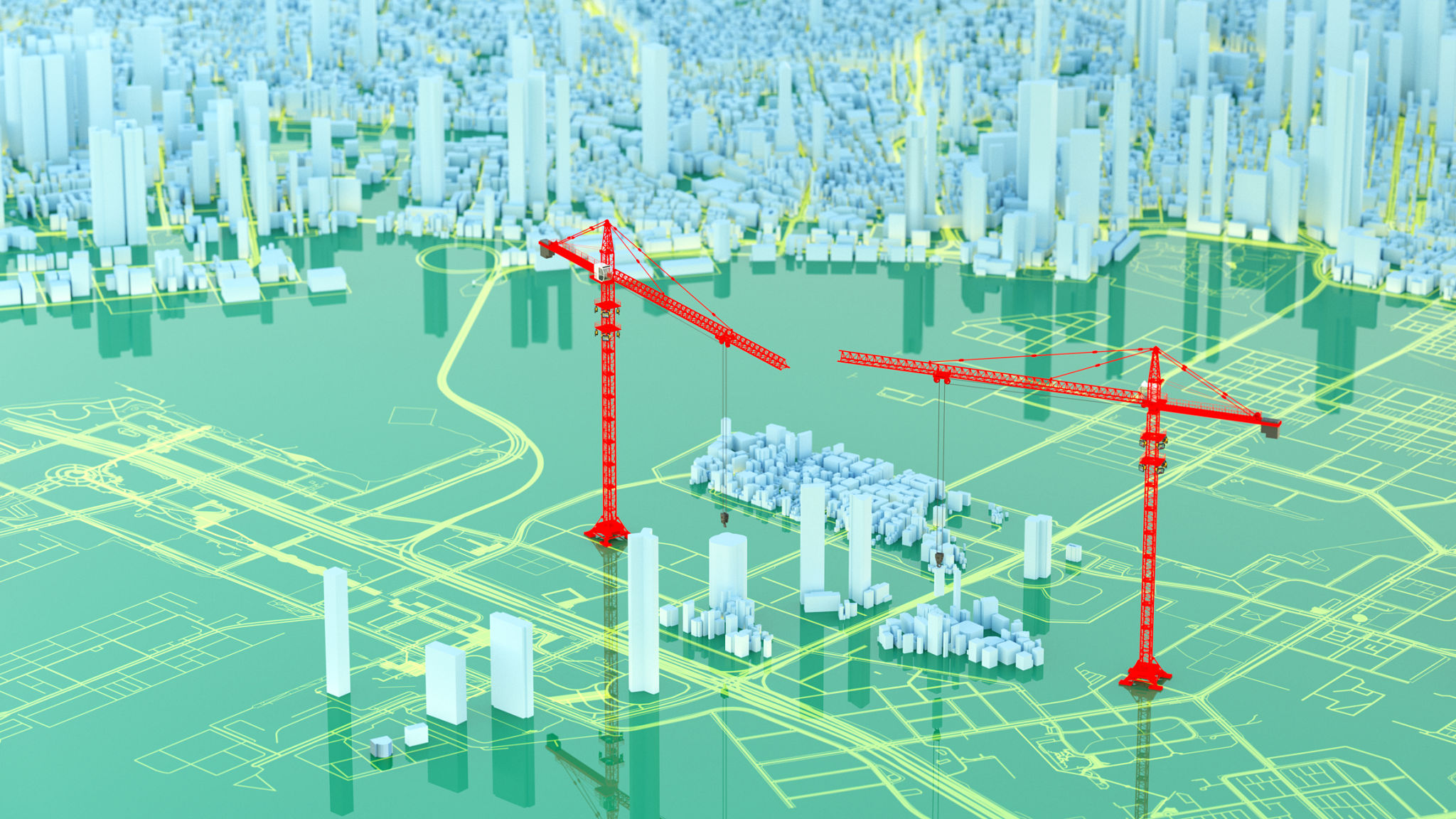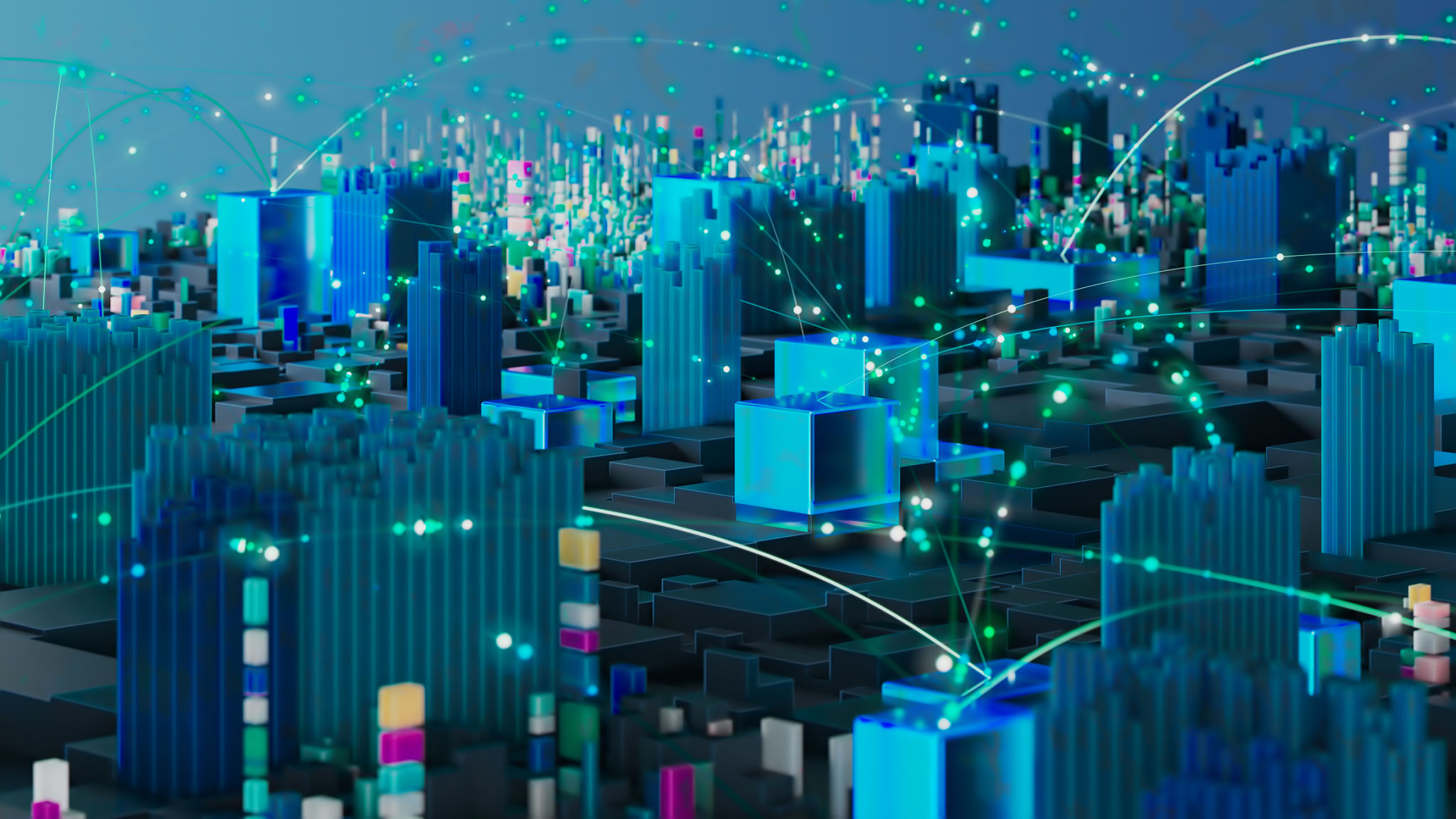Local Community Spotlight: How Real Estate Impacts Our Neighborhoods
The Role of Real Estate in Shaping Our Communities
Real estate plays a pivotal role in shaping the dynamics and fabric of our neighborhoods. As communities evolve, the impact of real estate developments can be seen in various aspects of local life, influencing everything from economic growth to social interactions.

Economic Growth and Development
One of the most significant impacts of real estate on neighborhoods is economic growth. New developments bring investment opportunities, job creation, and increased property values. This economic boost can lead to improved infrastructure and public services, enhancing the overall quality of life for residents.
Moreover, thriving real estate markets attract businesses, which can lead to a vibrant local economy. Restaurants, retail shops, and service providers benefit from increased foot traffic, creating a lively community atmosphere.

Social and Cultural Impact
Real estate also affects the social and cultural landscape of neighborhoods. The design and layout of residential areas can encourage community interaction and engagement. Parks, community centers, and shared spaces foster a sense of belonging and promote social cohesion.
In addition, diverse housing options can attract a mix of residents from different backgrounds, enriching the cultural tapestry of the community. This diversity can lead to a more inclusive neighborhood, where different cultures and traditions are celebrated.

Environmental Considerations
As real estate developments continue to grow, environmental considerations are becoming increasingly important. Sustainable building practices and green spaces are essential for maintaining the ecological balance within neighborhoods. Developers are now focusing on energy-efficient designs and environmentally friendly materials to reduce the carbon footprint of new properties.
By prioritizing sustainability, real estate can contribute positively to the environment, ensuring that neighborhoods remain green and healthy for future generations.

The Challenges of Gentrification
While real estate development brings numerous benefits, it can also lead to challenges such as gentrification. As property values rise, long-term residents may find themselves priced out of their own neighborhoods. This shift can disrupt the social fabric and displace communities that have lived in the area for generations.
Addressing gentrification requires careful planning and collaboration between developers, local governments, and community organizations. By implementing inclusive development strategies, neighborhoods can grow without losing their unique identity.
Future Trends in Real Estate and Community Development
Looking ahead, real estate trends are moving towards more sustainable and community-focused developments. Mixed-use projects that combine residential, commercial, and recreational spaces are becoming increasingly popular. These developments aim to create self-sustaining neighborhoods where residents can live, work, and play in harmony.
Smart technology is also playing a role in shaping future real estate, with innovations that improve energy efficiency and connectivity, enhancing the overall living experience for residents.

In conclusion, real estate has a profound and multi-faceted impact on our neighborhoods. By understanding these effects, we can work towards creating communities that are economically vibrant, socially inclusive, and environmentally sustainable.
